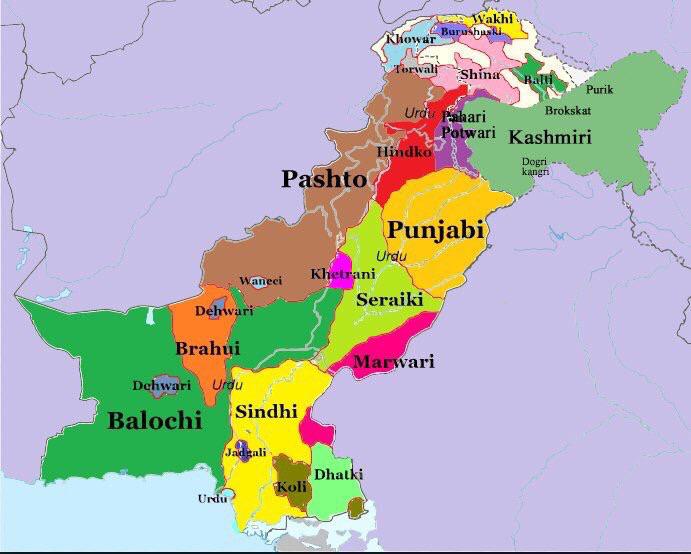By: Zara Amoon
International Mother Language Day, observed annually on February 21, highlights the importance of linguistic diversity and cultural heritage worldwide. The day holds particular significance for Pakistan due to its historical connection with the language movement of 1952, when students in Dhaka, then part of Pakistan, lost their lives advocating for the recognition of Bengali as an official language. Their struggle eventually led to the inclusion of Bengali as one of Pakistan’s official languages in 1956, and in 1999, UNESCO designated February 21 as International Mother Language Day to promote linguistic rights and multilingual education globally.
Pakistan is a linguistically diverse nation, home to more than 70 languages, including Urdu, Punjabi, Sindhi, Pashto, Balochi, Saraiki, Hindko, Brahui, Shina, and Balti. However, despite this linguistic richness, Urdu and English dominate the educational, political, and administrative spheres, often marginalizing indigenous languages. Many regional languages lack formal education policies, leaving children at a disadvantage when their mother tongue differs from the language of instruction. Government policies primarily focus on Urdu and English, resulting in limited publishing resources, textbooks, and literary development in local languages. The challenges posed by urbanization and globalization further contribute to the erosion of mother languages as families increasingly shift to Urdu or English for economic opportunities.
The exclusion of regional languages from digital content, media broadcasts, and technological platforms further limits their representation and accessibility. Most mainstream media and digital forums prioritize Urdu and English, leaving local languages with minimal space in the national discourse. This marginalization raises concerns about the long-term survival of many indigenous languages in Pakistan.
Linguists and cultural experts emphasize the role of mother languages in identity formation, cognitive development, and cultural preservation. Linguistic diversity fosters creativity, critical thinking, and emotional expression, while also strengthening community bonds and ensuring the transmission of cultural knowledge across generations. To address these challenges, experts suggest incorporating regional languages into primary education, enabling children to develop literacy skills in their native tongues before transitioning to Urdu and English. Additionally, they call for official recognition and policy reforms to grant regional languages greater representation in governance, legal frameworks, and public services.
Increased media and digital content in local languages could also help preserve and promote linguistic diversity. Universities and cultural organizations are encouraged to invest in research, documentation, and dictionary creation to safeguard endangered languages. Public engagement through cultural programs, literary festivals, and academic discussions can further raise awareness and appreciation for Pakistan’s linguistic heritage.
As Pakistan marks International Mother Language Day, it serves as a reminder of the importance of embracing and protecting its linguistic diversity. Recognizing and promoting mother languages not only honors the country’s multicultural heritage but also strengthens national unity. Policymakers, educators, and society at large are urged to take proactive measures to preserve and celebrate Pakistan’s rich linguistic tapestry, ensuring an inclusive and culturally vibrant future for generations to come.


